How Instagram Is Changing The Art Market
ArtandSeek.net August 31, 2016 57Dan Lam is 28 year-old Dallas artist. Lam creates sculptures out of polyurethane foam, acrylic paint and epoxy resin. They sort of look like alien creatures or melting blobs and the internet loves them. And for that, she credits Instagram.
Lam has nearly 76,000 followers on Instagram. About 65,000 of them started following her this year.
“It’s huge. The amount of exposure that I’ve gotten has been unreal. And, I think that that kind of exposure is something that normally, in the past, might have happened over the course of years and it happened in the course of like eight months for me.”
Even celebrities like Miley Cyrus follow her and Cyrus has purchased Lam’s work. Lam’s average piece goes for $1,200. Her larger sculptures go for as much as $4,500. And Lam says Instagram helps artists like her get into galleries.
“Galleries find me on Instagram,” says Lam. “They reach out to me and they ask to be a part of shows. It’s crazy. Like, you know there’s all these books out with information about how artist can make it or whatever and it doesn’t event touch on how Instagram needs to be a very crucial part of your strategy.”
Artist Dan Lam who created an art piece for Miley and Liam’s home referred to Miley as an inspiring visual artist! ✨ pic.twitter.com/kPOBHGB76m
— Miley Cyrus Fashion (@StylishCyrus) July 3, 2016
For years, gallery owners and curators have relied on history, their own judgment and changing cultural tastes to determine which artists they show. Instagram is changing that, linking art – and artists – directly to the public.
“The value of art is inherently social,” says Marion Maneker, the publisher of “Art Market Monitor,” a website that covers the global art market. “And until now, we’ve had no real mechanism for being able to see the social validation of a single artists’ work.”
Maneker says that proof on social media of people liking your work is a powerful tool for artists.
“The great thing about Instagram, is that it seems to have opened up a field for artists who might not have had the connections through the right mentor, the right MFA program, the right dealer, the right collectors to developing a market.”
Maneker believes that Instagram has created a broader interest in art and artists who aren’t managing to fit themselves through the thin straw that feeds the New York or London art market.
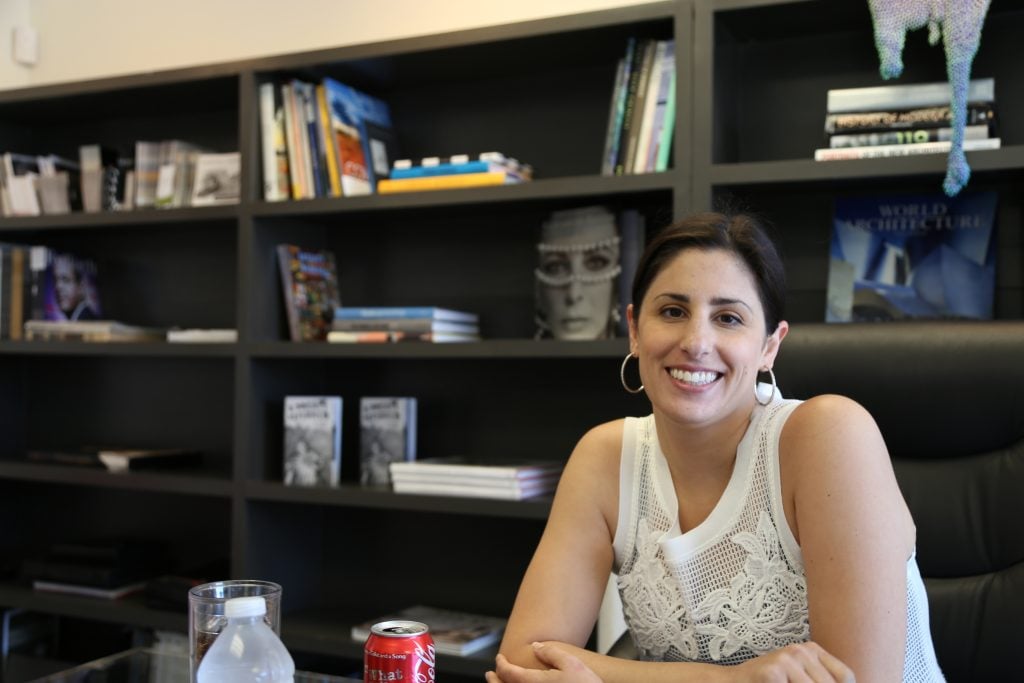
Lauren Childs is the creative director and an artist at Fort Works Art.
Photo: Hady Mawajdeh
Instagram has also become part of the strategy for galleries. It helps them find new artists for their showrooms. And it also attracts potential customers into their spaces. Just ask Lauren Childs. She’s the creative director and an artist at Fort Works Art.
“Nowadays you can tag someone on Instagram and you know they’re going to see it,” says Childs.
She says communicating though Instagram is more effective than Facebook or press releases.
“I remember when you walked in to the gallery. Your question was, ‘Okay. Who’s been tagging me on Instagram?’ And it got you in here,” says Childs.
Maneker agrees. He says the app has done much more than simply allow newcomers into the art world. Instagram has changed communication within that world.
“Well, there are so many who have been able to use Instagram within the actual relatively small active art buyers to be able to communicate more efficiently with them and to them,” says Maneker.
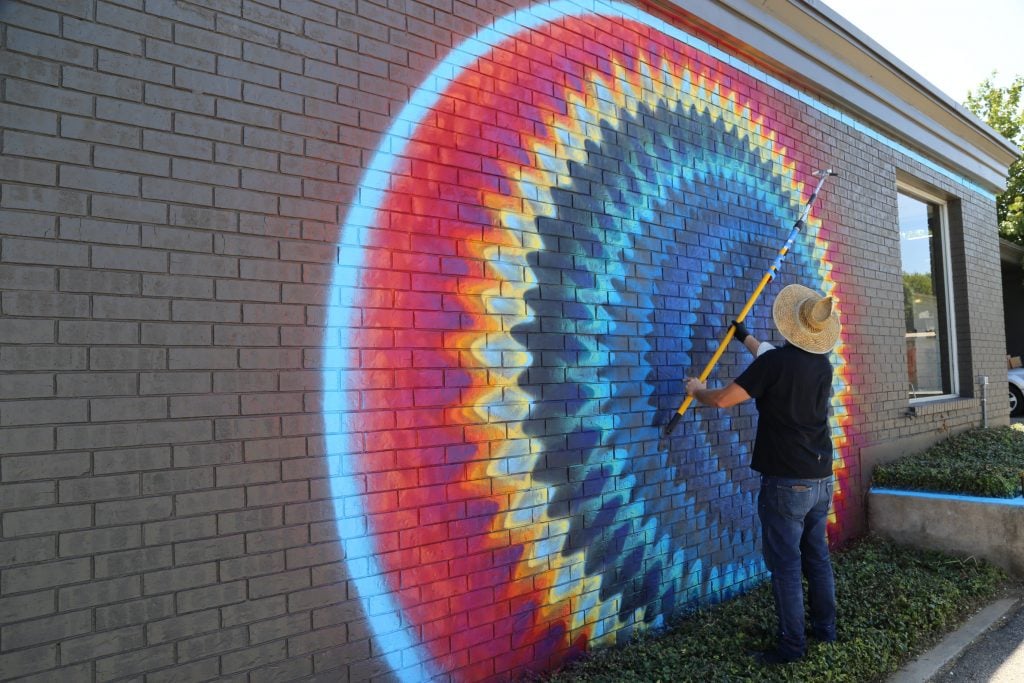
Miami artist Douglas Hoekzema painting a mural in front of Fort Works Art.
Photo: Hady Mawajdeh
Muralist Douglas Hoekzema, also known as Hox, uses the app for just such communication. But not only with buyers and galleries. He uses it to develop friendships and collaborations with other artists around the world. He also uses Instagram to see what other artists are working on.
“It’s just really good to know where you’re at and where you’re coming from,” says Hoekzema. “Understanding your precedent. Understanding the contemporary world, like what’s being done and where and why and how. And, I think that aspect is really helpful.”
Lam also tracks what others are doing. But she thinks the coolest thing about connecting with other artists is the perks
“Art trades! Huge! So, this is a big part of Instagram for me, is trading with other artists. If an artist reaches out to me and they’re like, “how much is a piece of yours, and if I like their work. I’m like, “Let’s just trade.” And it’s really cool because I am talking to artists that I would have never, like, never ever talked to.”

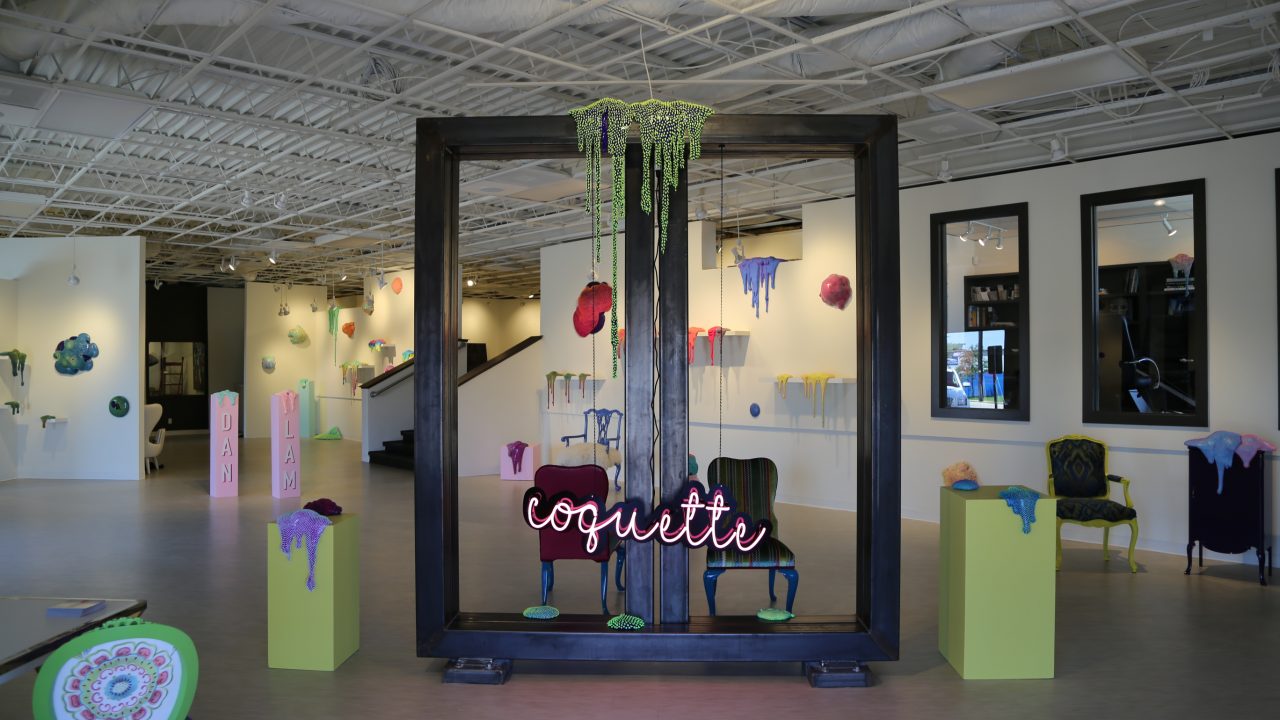
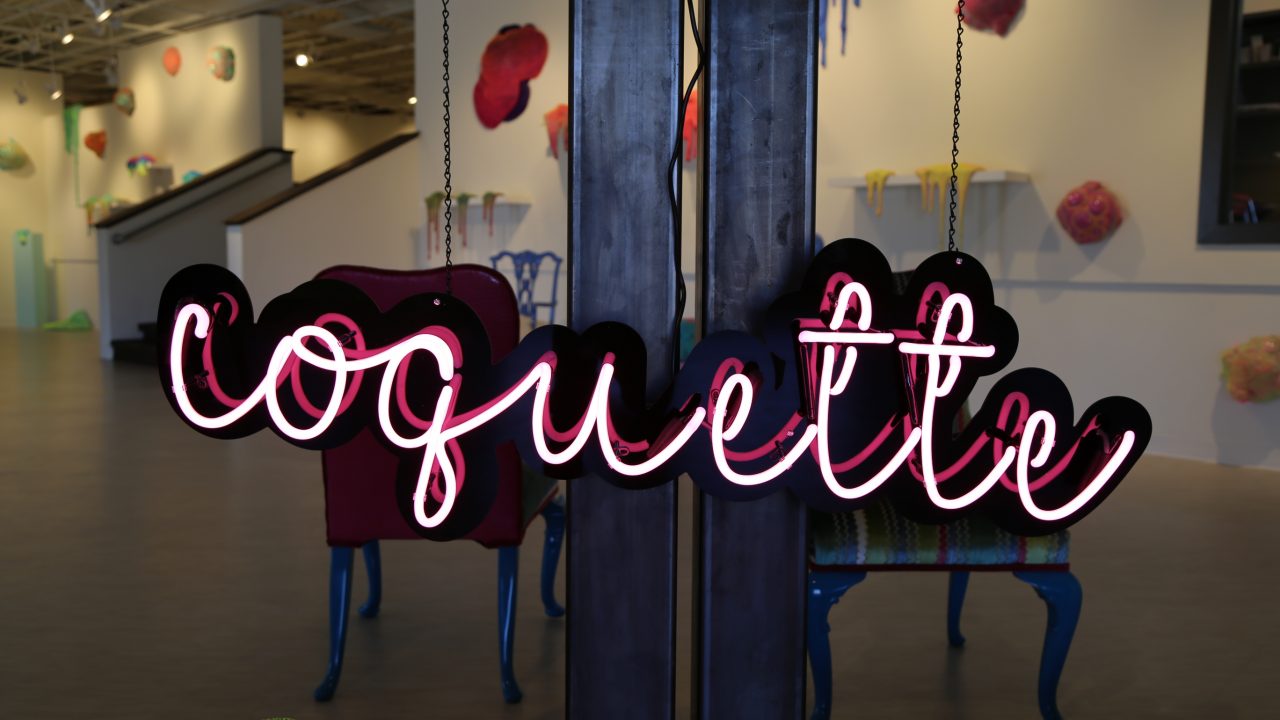
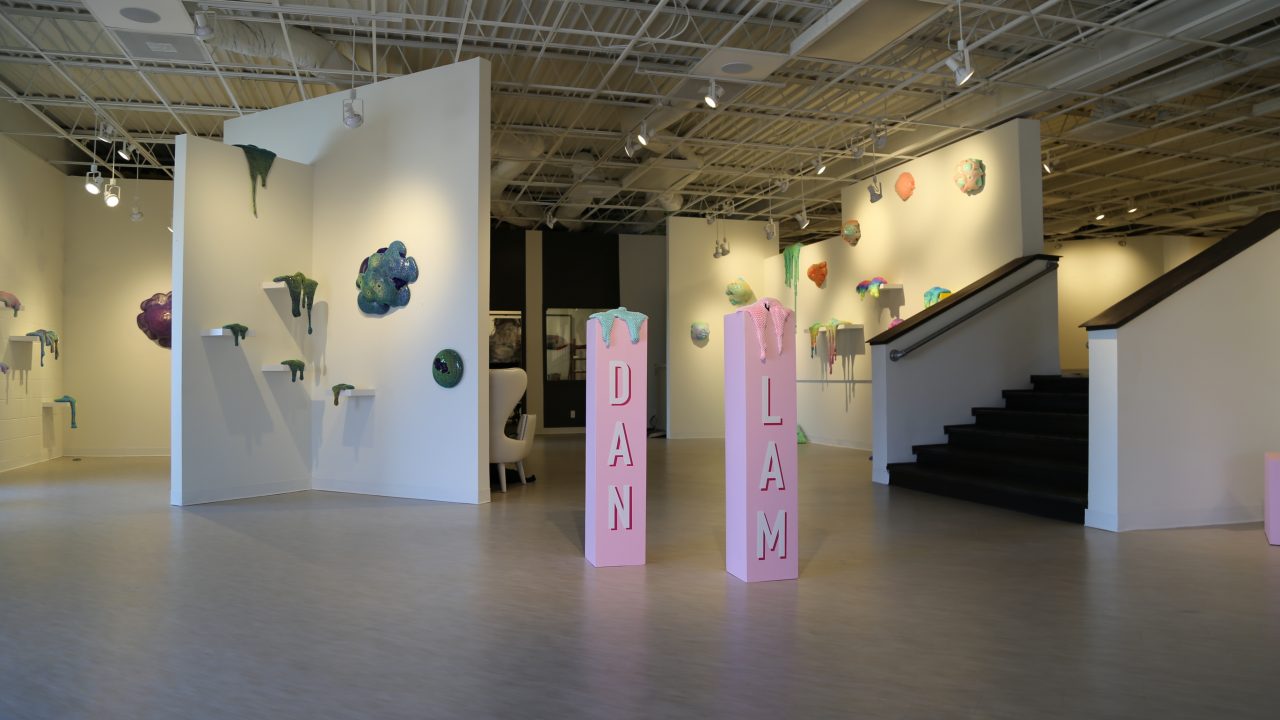
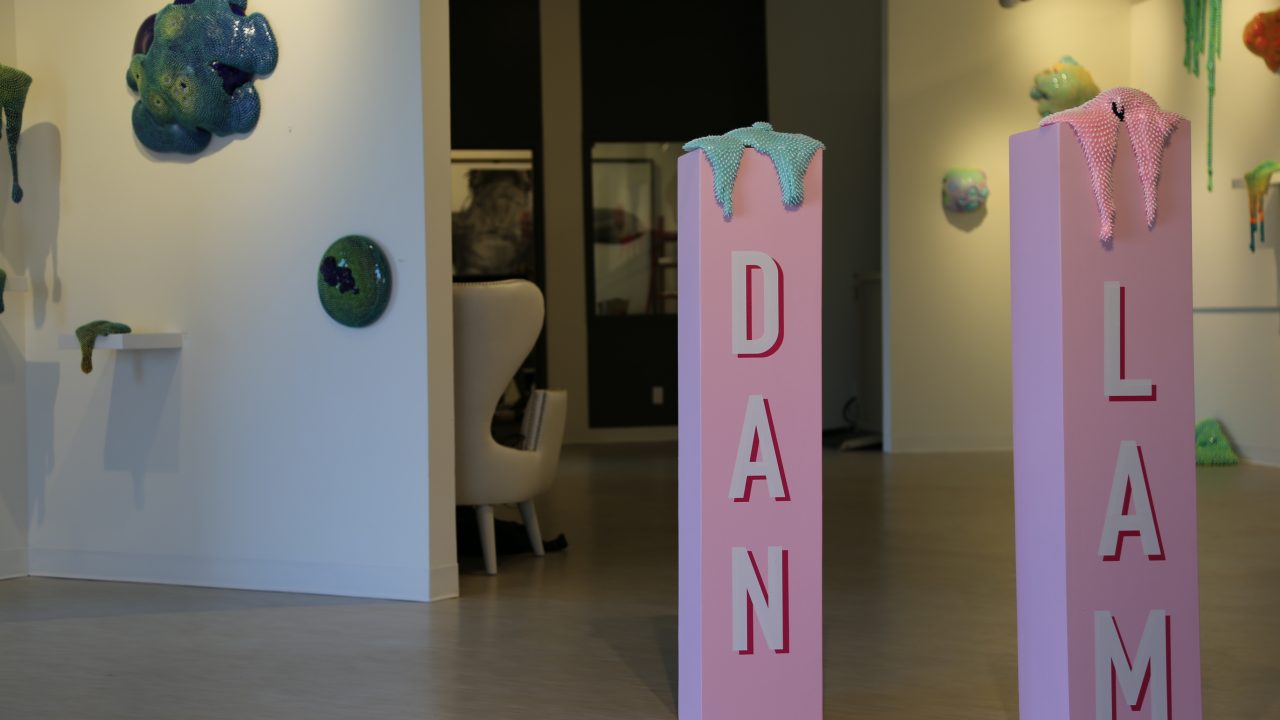
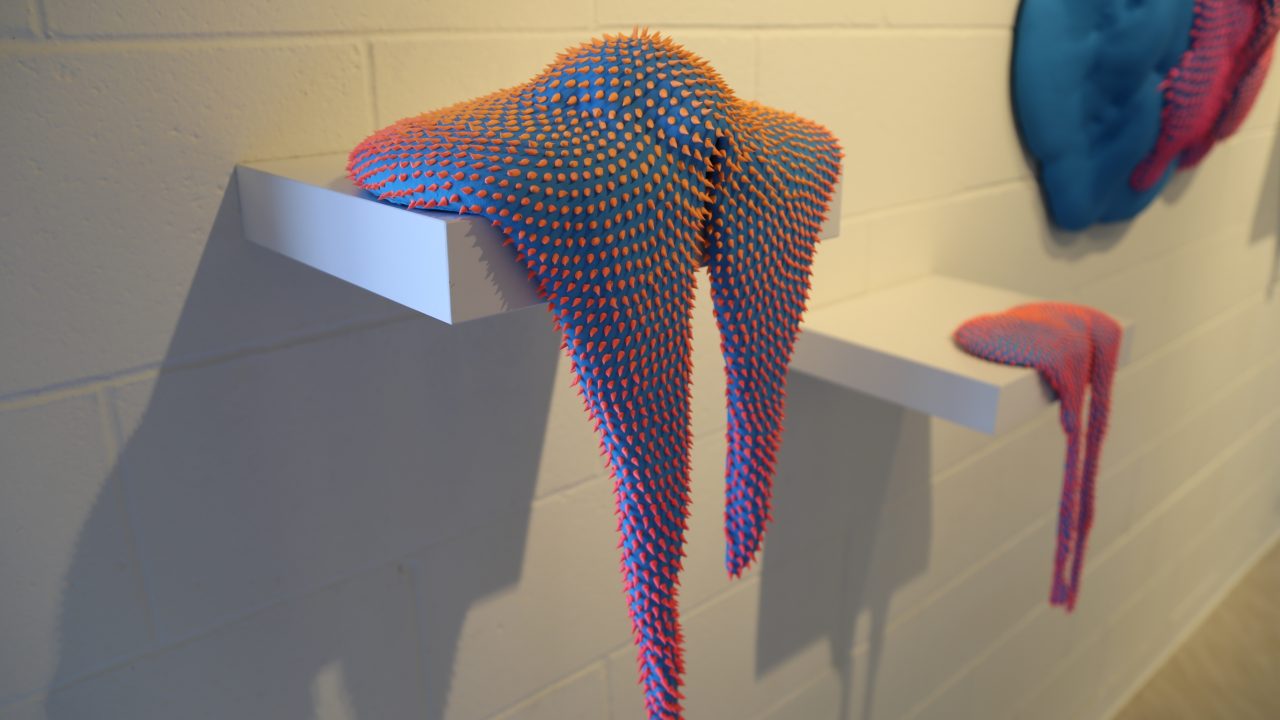
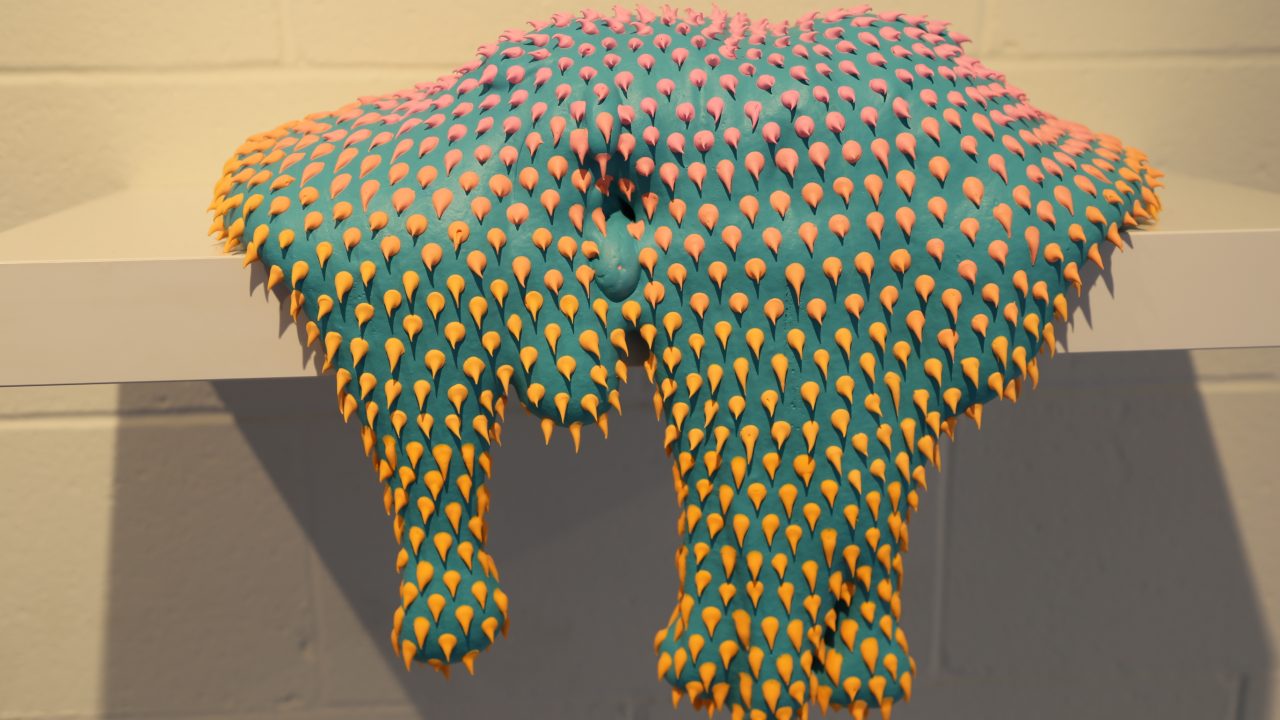
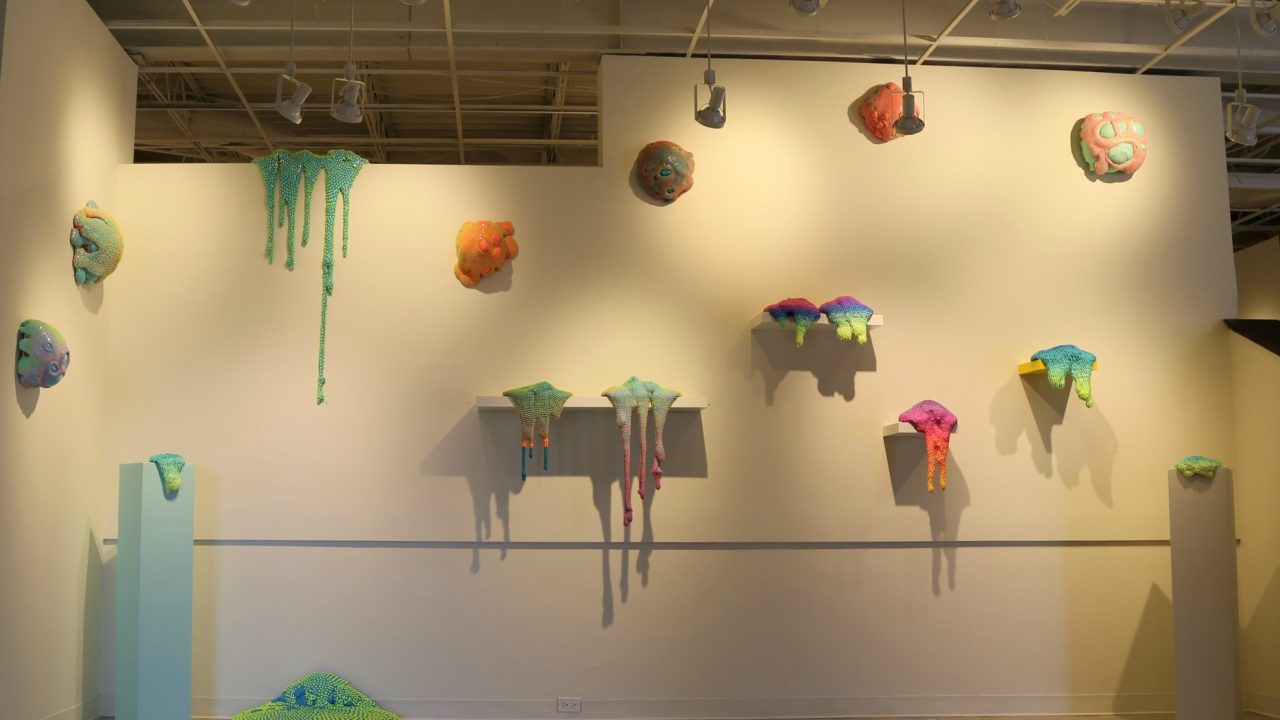
 : @mikamitchell
: @mikamitchell  : @childishgambino
: @childishgambino







